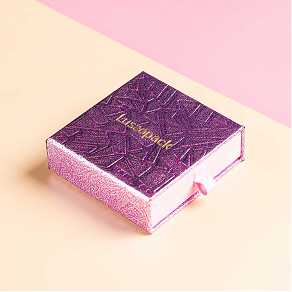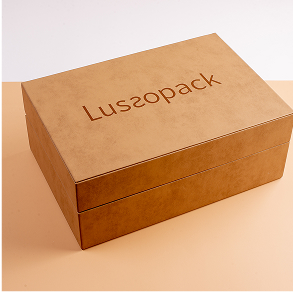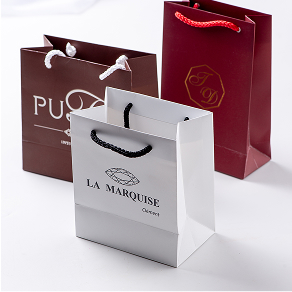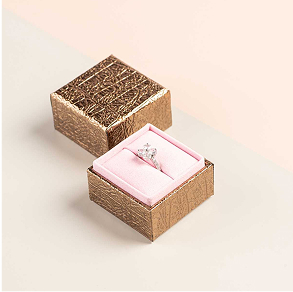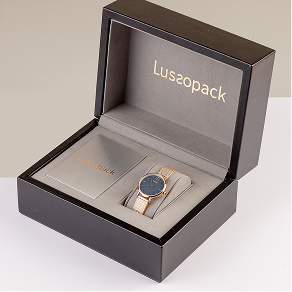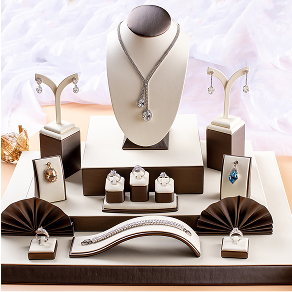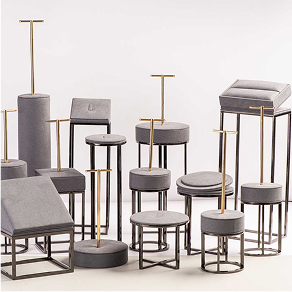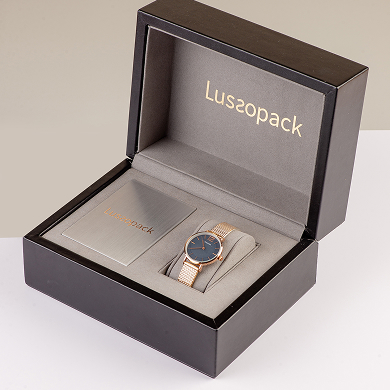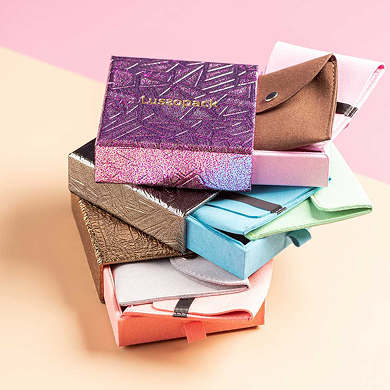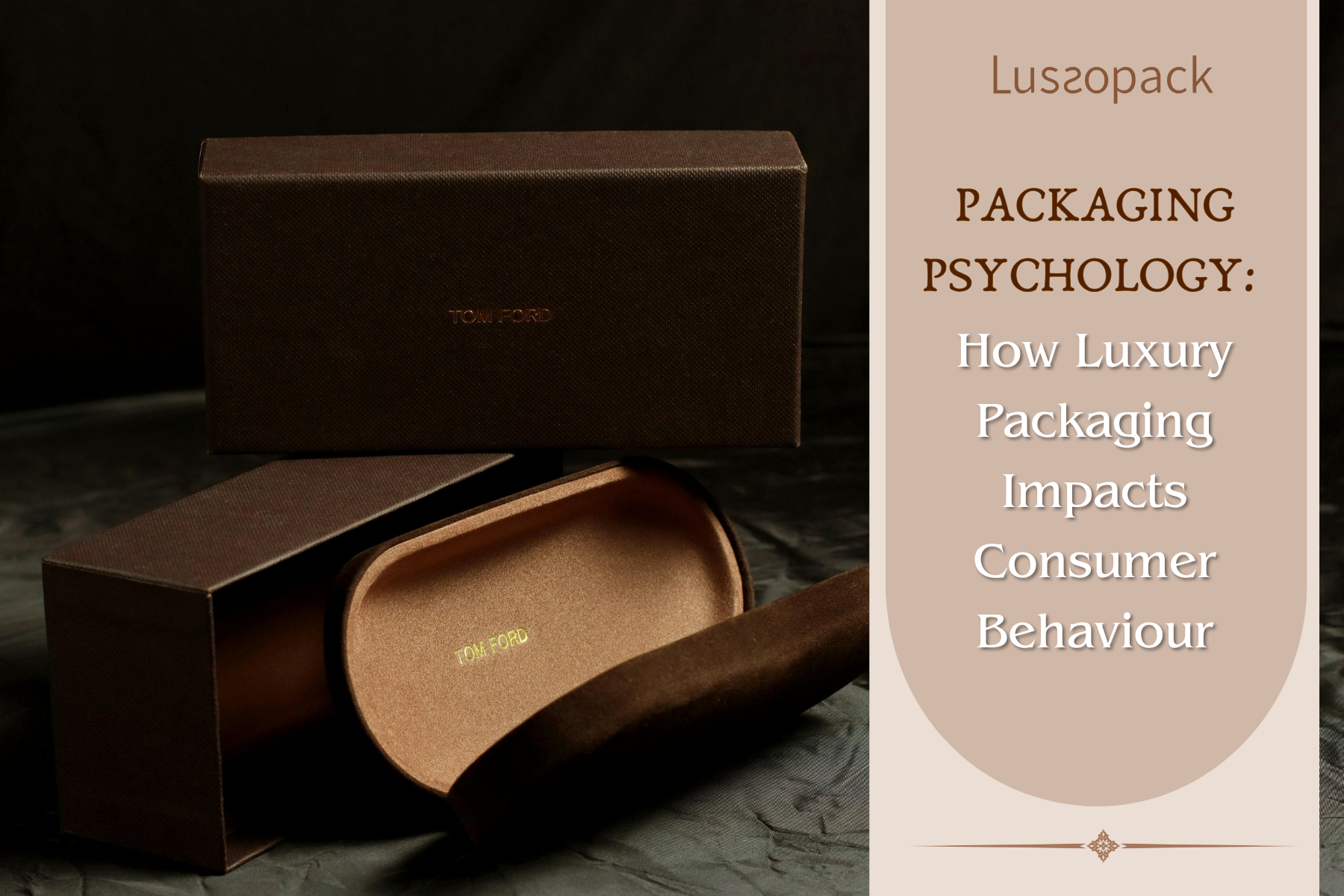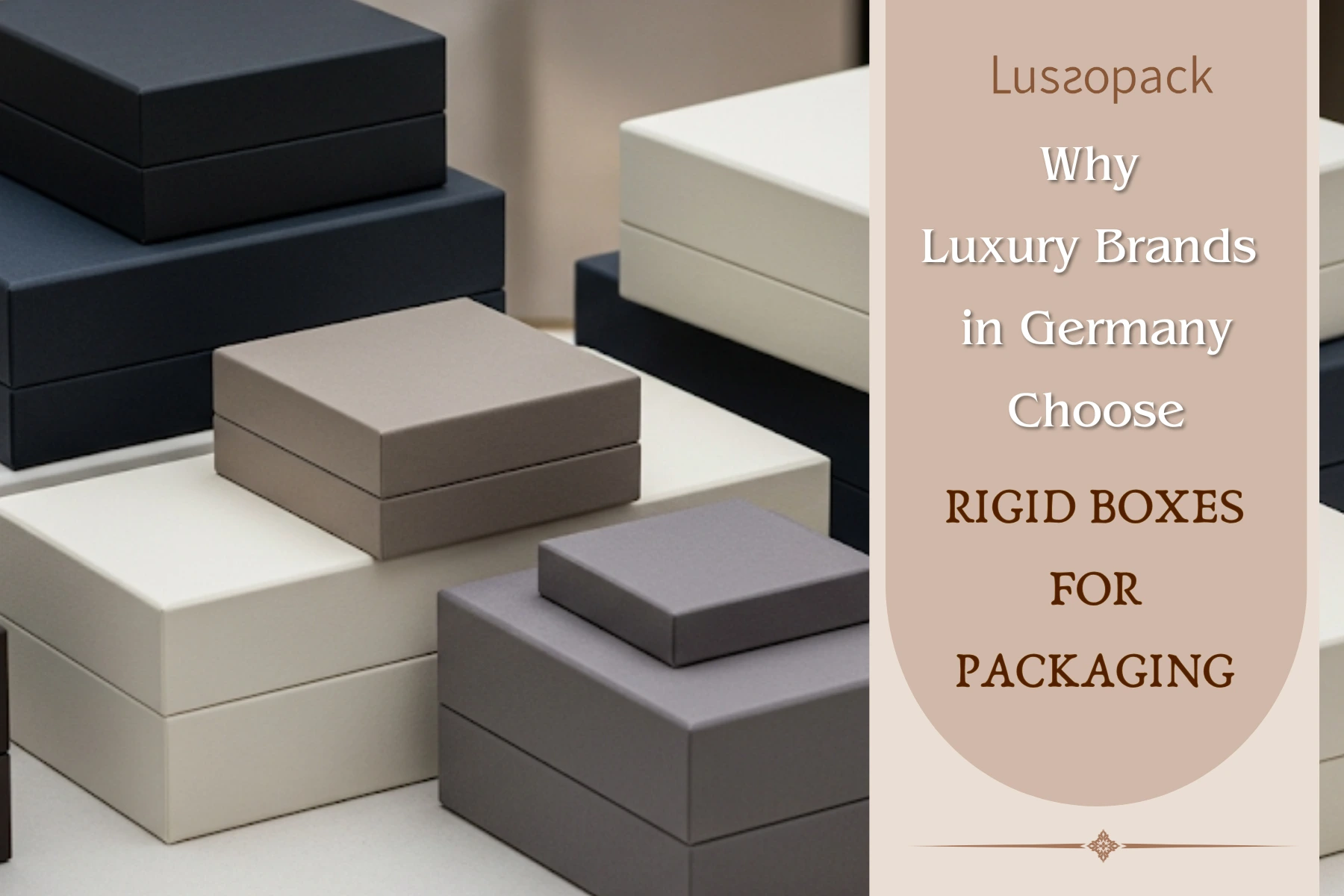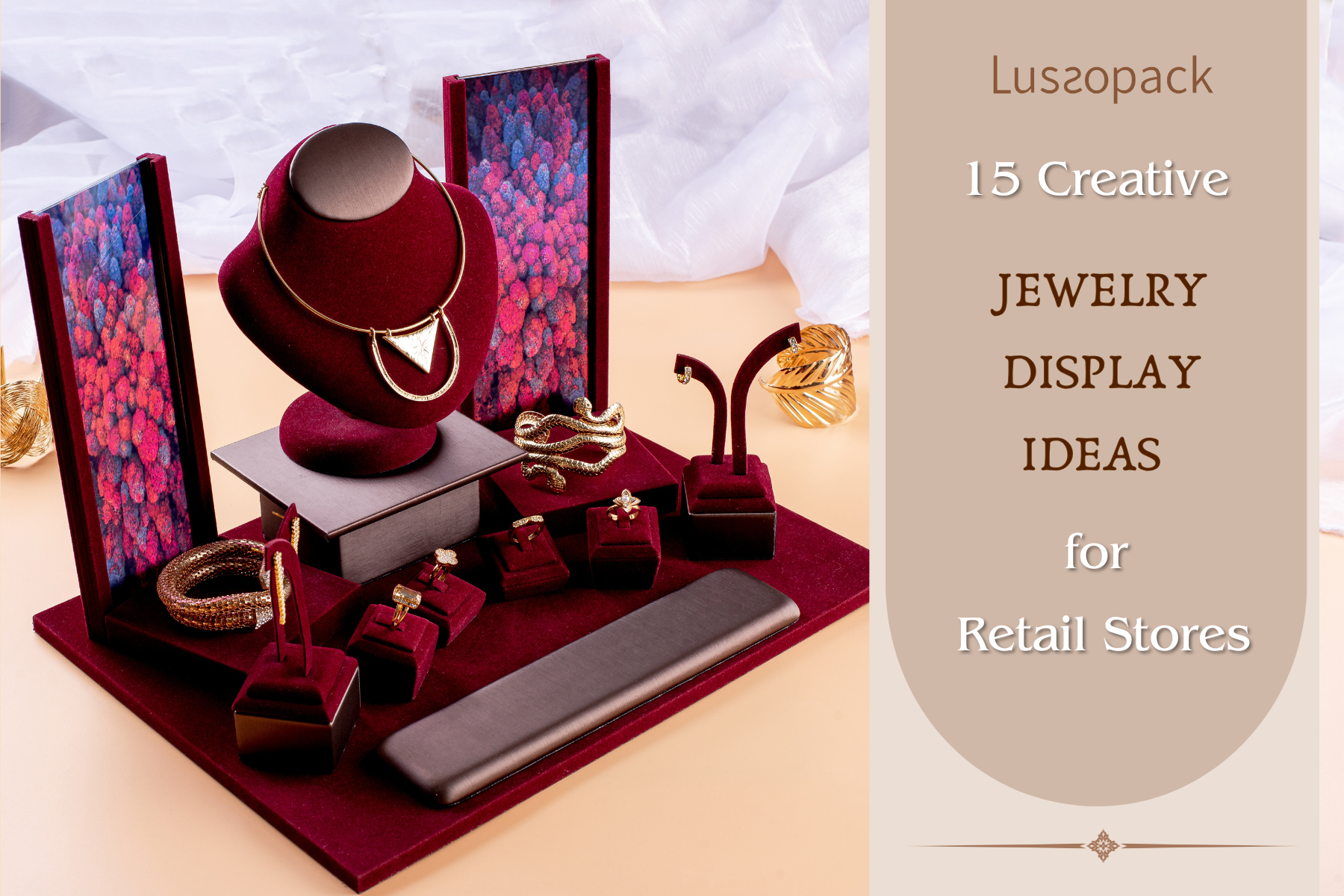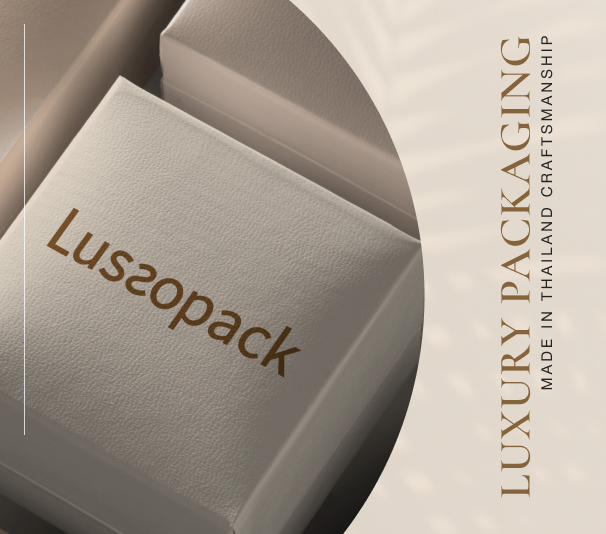Embossing is a decorative technique used in various industries, including printing, paper crafts, and leatherworking. It involves creating a raised, three-dimensional design or pattern on a material, typically by pressing or stamping it with a die or mold.
In printing, embossing is commonly used to add texture and visual interest to paper or cardstock. A metal die with a raised design is pressed against the material, creating a raised pattern. This can be used for decorative elements like logos, borders, or other designs.
In the context of leatherworking, embossing is a method for creating raised or sunken designs on leather surfaces. A heated metal stamp with a specific design is pressed into the leather, leaving a permanent impression. Embossing can also be used in other applications, such as in metalworking, where it can be used to add decorative patterns or textures to metal surfaces.
Overall, embossing is a versatile technique used for adding visual and tactile interest to a variety of materials.
Debossing is a printing or embossing technique used to create a three-dimensional image or design on a surface, typically on paper or other materials. It involves pressing a die (a metal plate with a raised design) into the material, causing the surface to be pushed down or indented. This creates a depressed area with the design or text imprinted into it.
Debossing is often used for adding a tactile and visually appealing element to printed materials, such as business cards, stationery, book covers, and packaging. It can be combined with other printing techniques, like letterpress or foil stamping, to create a variety of effects.
In contrast to debossing, embossing involves creating a raised design on the material by pressing the die from the reverse side, causing the surface to be raised. Both techniques are popular for adding a distinctive and elegant touch to various types of printed materials.


